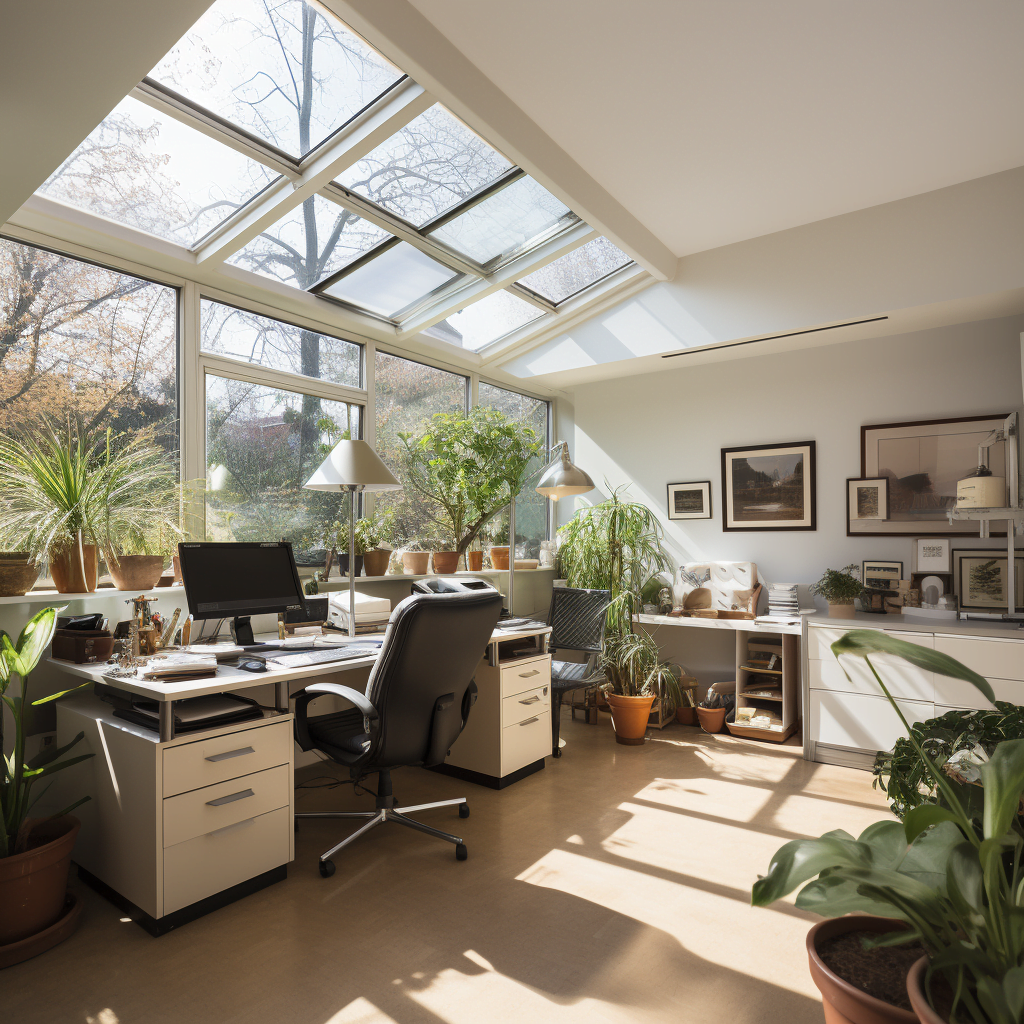In an era exactly where sustainable building techniques and occupant wellbeing have reached the cutting edge of architectural design and style, the role associated with daylight surveyors provides become increasingly crucial. These professionals concentrate on measuring and evaluating natural light within various environments, guaranteeing that buildings not only meet aesthetic plus functional needs but in addition enhance energy performance and overall quality of life. As cities grow denser and urban developments rise, the importance of effective daylight online surveys cannot be overstated. They provide insights of which shape the approach we think about light, space, and even energy consumption within our built environment.
Daylight surveyors navigate a complex landscape, utilizing advanced tools and techniques to analyze exactly how daylight treats set ups. Their work impact on design choices, impacts planning permissions, and even ensures compliance together with regulations that govern daylight access. From residential homes to be able to commercial spaces, their own assessments are crucial in maximizing natural light, protecting against overshadowing, and cultivating healthier indoor conditions. In this post, we are going to delve directly into the multitude of positive aspects that daylight research offer, and exactly why they are essential for both new advancements and renovations alike.
The Benefits regarding Daylight Surveys inside Building Design
Daylight online surveys play a crucial role in contemporary developing design restoration that spaces receive adequate natural light, which can be essential for producing comfortable and useful environments. By analyzing how light makes its way into a building throughout the year, daytime surveyors can supply valuable insights that will influence floor strategies, window placements, plus materials used in construction. Not only does this improves the aesthetic appeal of a building and also contributes to energy savings by reducing the advantages of artificial lights throughout the day.

Incorporating daylight studies to the design procedure contributes to significant enhancements in energy productivity. Sun light helps to lower energy intake since buildings with optimized daylighting need less reliance upon electric lighting. This kind of is particularly beneficial for commercial spaces wherever lighting costs may be substantial. By enjoying the findings by daylight surveys, can be and designers can produce sustainable buildings that will align with vitality regulation standards and even contribute to decrease operational costs above time.
Additionally, daylight studies positively impact occupant wellbeing by increasing mental health and output. Numerous correctly displayed that access to natural light boosts mood, encourages alertness, and fosters some sort of sense of link with the outdoors. In residential and industrial settings, this converts to happier, much healthier occupants who knowledge reduced stress plus increased satisfaction together with their environments. Developing insights from daylight surveys can thus create spaces that are not only visually appealing but also supportive with the overall well-being of those who inhabit them.
Daylight Studies and Energy Efficiency
Sunlight surveys play a new crucial role in enhancing energy efficiency within buildings by maximizing using normal light. By examining how sunlight makes its way into a space, these surveys help are usually and designers generate layouts that minimize reliance on synthetic lighting. This not only reduces energy consumption but likewise lowers electricity costs for building passengers. The strategic position of windows plus the selection of components can significantly impact just how much daylight penetrates a building, top to more lasting design solutions.
Implementing daytime surveys through the style phase enables better energy management all through the lifecycle of a building. With Right Of Light Surveyors Ireland of daytime availability, designers may integrate features just like skylights or gentle tubes, further improving natural illumination. This kind of designs can guide to reduced demand for heating and cooling, as sunlight can lead to increased temperatures indoor spaces throughout colder months. Typically the result is a new more comfortable inside environment that facilitates energy-saving initiatives.
Moreover, daylight surveys help with achieving green building certification, which often prioritize energy efficiency. Simply by demonstrating compliance along with daylight and sun light standards, buildings can easily qualify for courses like LEED in addition to BREEAM. This not necessarily only improves the marketability of a property but also encourages developers to be able to embrace more lasting practices. Ultimately, sunlight surveys function as the vital tool to promote energy-efficient design both in new constructions in addition to renovations.
The Function of Daylight Surveyors in Urban Organizing
Sunlight surveyors play an important role in city planning by guaranteeing that natural light is effectively built-in into building patterns and city layouts. Their expertise assists identify how various structures will interact with sunlight, making it possible to optimize light access within residential, commercial, plus public spaces. By assessing the possible for daylight transmission, surveyors can guideline planners and can be in creating conditions that promote visual comfort and power efficiency.
In high-density cities, where buildings generally compete for limited daylight, daylight surveyors assess shadow impacts and advise on design strategies that reduce overshadowing. This specific is particularly important for maintaining the quality of life for occupants in both current and new advancements. By giving detailed examination and recommendations, daylight surveyors help reduce adverse effects on around properties, ensuring of which urban spaces remain vibrant and exciting.
In addition, integrating daylight research into the preparing process aligns using sustainable development objectives. Surveyors can evaluate how natural lighting influences energy ingestion and indoor air flow quality, promoting styles that reduce reliability on artificial illumination and enhance resident wellbeing. Their input are essential for creating holistic urban environments that balance appearances, functionality, and environmental sustainability.
